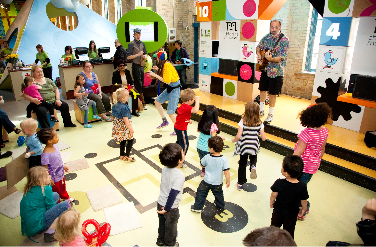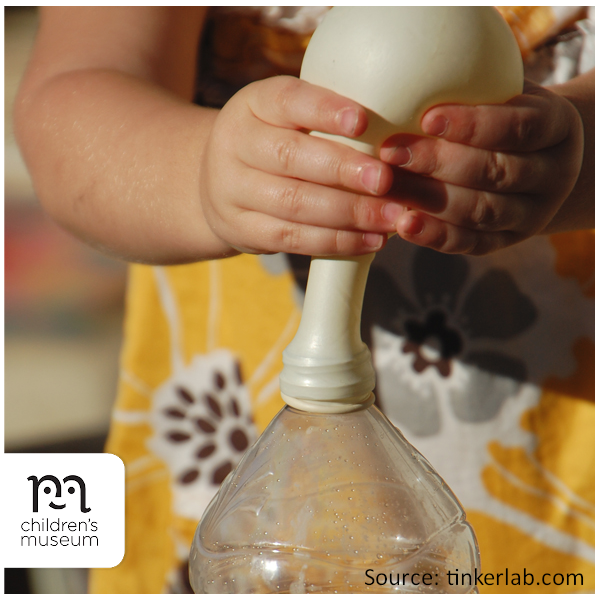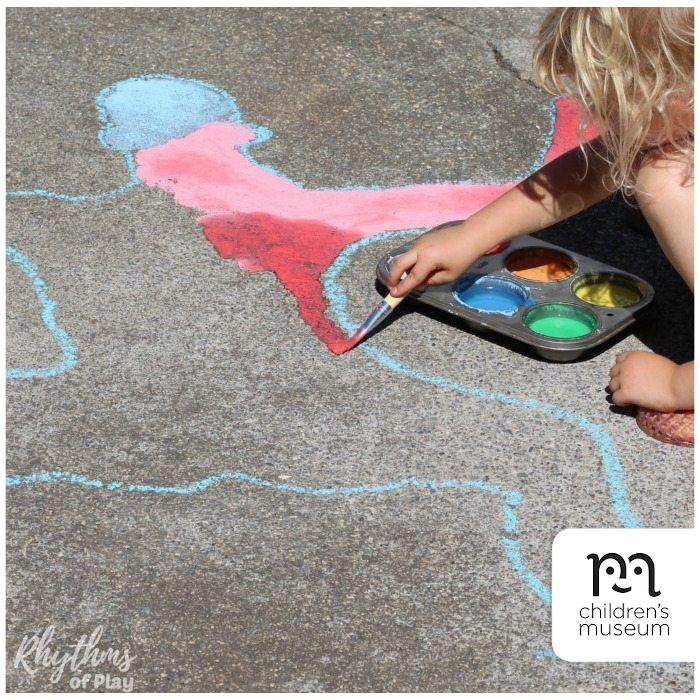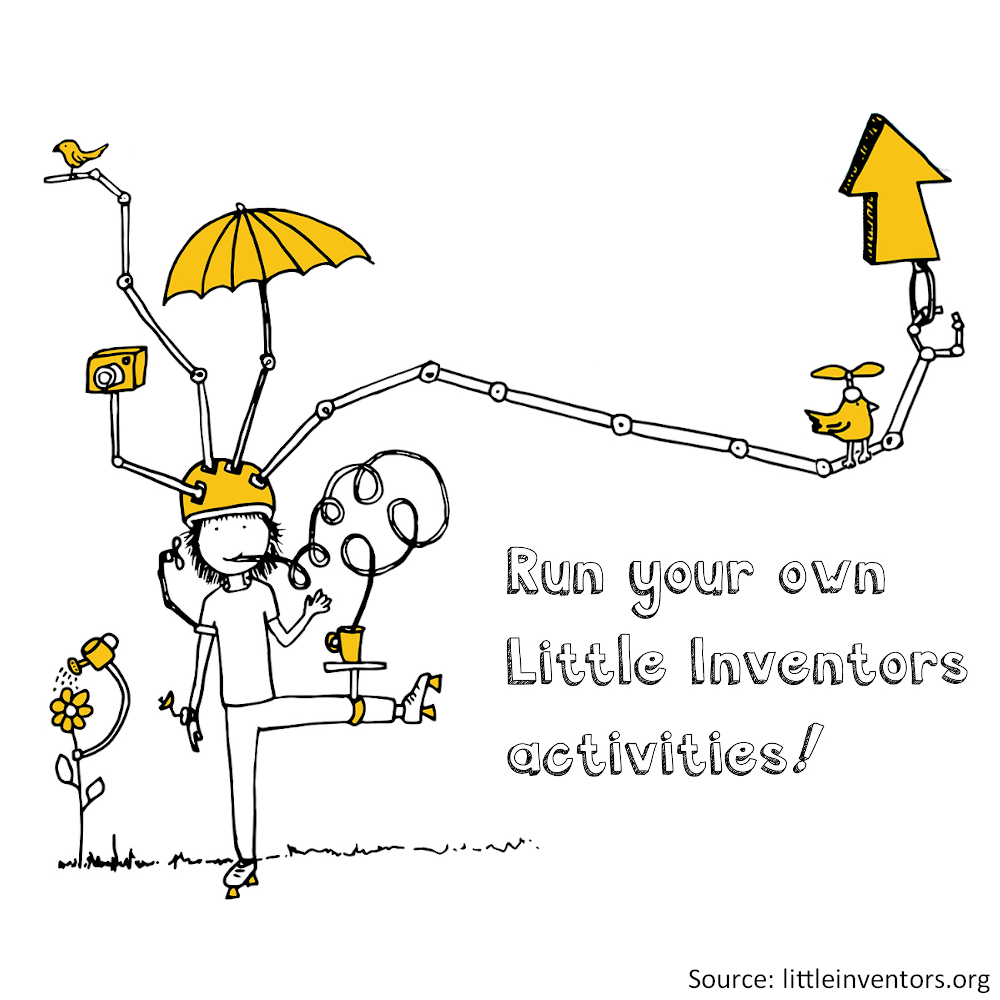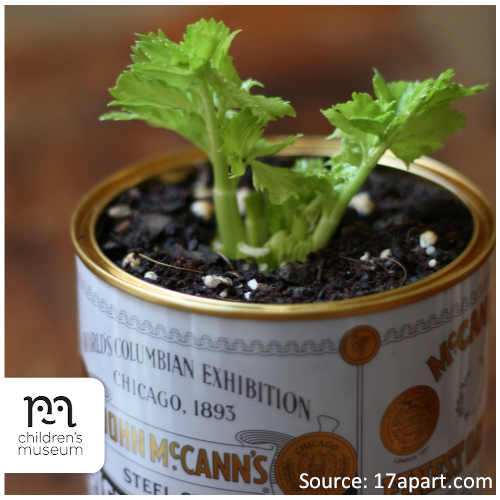ALL ABOARD: WE’RE GATHERING STEAM
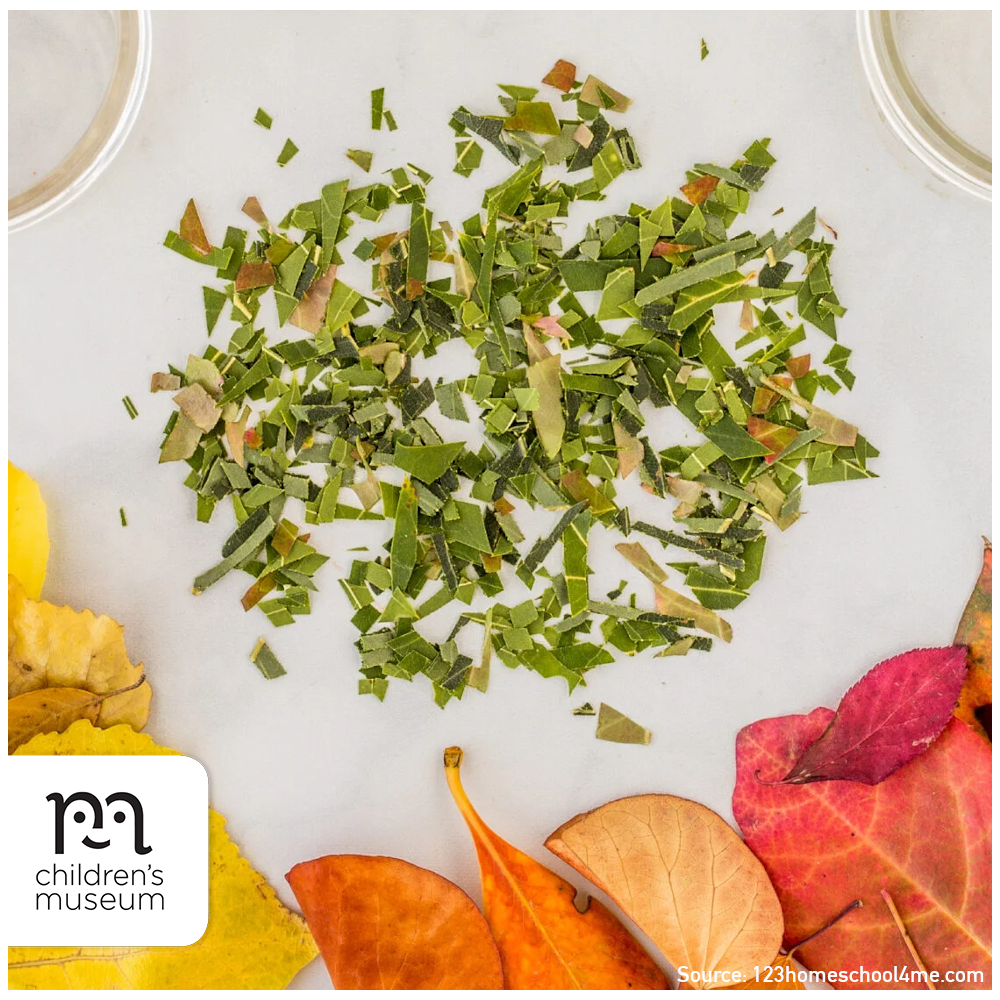
Source: 123homeschool4me.com
Have you ever wondered why leaves change colour in fall? This fun, engaging, and simple leaf science experiment is perfect for kids ages 4-10.
Materials
- Mason or other glass jars
- Coffee filters
- Leaves
- Rubbing alcohol
- Notebook and pencil to record observations
Directions
- Collect a few handfuls of leaves. You can take a fun nature walk and enjoy collecting leaves on the way. Try to collect a variety of different-coloured leaves.
- Sort the leaves into containers by colour. They also need to be ground up or torn into relatively small pieces.
- Put each colour of leafy bits into a glass jar and cover the leaves with rubbing alcohol. The rubbing alcohol should start extracting colour from the leaves.
- Make a cone shape with the coffee filters and place the pointed tip into the leaf and rubbing alcohol mixture, and allow it to sit long enough to absorb the liquid.
- You should immediately be able to see the coffee filters absorb the liquid and take a closer look at the different colours. The coffee filters will keep absorbing the leaf-coloured alcohol and then drying out over the next 12 hours. You can describe or sketch the colours you see in a notebook.
Spark Creative Learning!
During winter, the days get shorter, affecting the amount of sunlight the leaves are exposed to. Due to this lack of sunlight, plants go into a resting state and live off of the glucose that they stored over the summer. As they shut down for the winter, the green chlorophyll disappears from the leaves. As the bright green fades away, you can begin to see yellow and orange colours. Small amounts of these colours have been in the leaves all along. For example, in maple trees the bright red that shows up in fall is a result of excess glucose being trapped in the leaves. Learn more.

